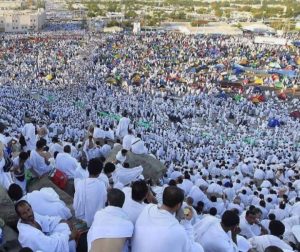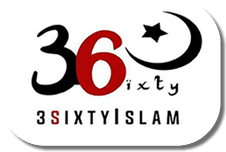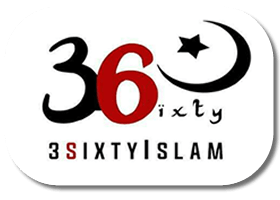A NATION IN WHITE — THE UNITY OF THE UMMAH ON SACRED GROUND

Each year, millions of Muslims from every corner of the earth gather in Makkah different languages, colors, and cultures yet standing as one nation before their Creator. They wear the same white garments, walk the same paths, and raise the same cry: “Labbayk Allahumma Labbayk” “Here I am, O Allah, here I am.”
Hajj is not only a journey of faith; it is a living symbol of unity a reminder that the Ummah, despite its differences, is one body united under one Lord.
THE GARMENTS OF EQUALITY
When a pilgrim wears the simple white ihram, all worldly distinctions disappear. The fabric that touches the skin of a king is no different from that which covers a laborer. There are no uniforms of power, no symbols of wealth, and no ranks of status only the purity of submission.
This simplicity carries a powerful message: before Allah, all souls stand equal.
The Prophet Muhammad ﷺ said:
“Your Lord is One. Your father (Adam) is one. An Arab has no superiority over a non-Arab, nor a non-Arab over an Arab, nor a white person over a black, nor a black over a white except by piety.”
(Ahmad)
In ihram, the Ummah is stripped of labels and titles. What remains is the essence of Islam humility, brotherhood, and servitude to Allah alone.
THE SACRED GROUND OF UNITY
Hajj is the greatest gathering of humanity for the sake of worship. It is a scene unlike any other hearts beating in unison, tongues calling out to the same Lord, and bodies moving together in obedience.
On the plains of Arafah, no one stands apart. There, a scholar and a shepherd, a ruler and a refugee, all raise their hands to the sky in the same plea: “O Allah, forgive me.”
It is in this moment that the meaning of the Ummah becomes real a community bound not by blood or race, but by faith. The Ka‘bah, standing firm and eternal, reminds the believers that their direction, purpose, and Lord are one.
LESSONS OF UNITY FROM HAJJ
Hajj teaches the Ummah that strength lies in togetherness. The rites of Hajj walking together in tawaf, moving as one in sa‘i, standing shoulder to shoulder in prayer all symbolize harmony and cooperation.
This unity is not limited to ritual; it is a call to live as one community in daily life. To stand with the oppressed, to support the needy, and to see beyond divisions of nationality and language.
The Qur’an reminds us:
“Indeed, this Ummah of yours is one Ummah, and I am your Lord, so worship Me.”
(Qur’an 21:92)
When Muslims embody this unity, they reflect the beauty and power of Islam to the world a faith built on equality, mercy, and justice.
BEYOND THE PILGRIMAGE
The spirit of Hajj does not end when the journey ends. Those who return carry with them the lesson that the Ummah’s strength depends on the hearts that remember this sacred unity.
Every believer can continue the message of Hajj by showing compassion to others, avoiding division, and working for the betterment of the community. Unity begins in the heart in seeing every Muslim as a brother or sister in faith.
When the Ummah stands together in worship, compassion, and purpose, it becomes a light for all of humanity.
CONCLUSION
On the sacred ground of Makkah, a nation in white gathers not for power, but for peace; not for wealth, but for forgiveness. It is a living vision of what Islam calls humanity to be united in worship, equal in worth, and bound by love for Allah.
As pilgrims raise their voices in unison, the message echoes beyond the desert:
We are one Ummah.
We are one family.
We serve one Lord.
May Allah grant unity to this Ummah, purify our hearts of division, and allow us all to stand together in this world and on the Day of Judgment clothed not just in white, but in faith.
Ameen.

